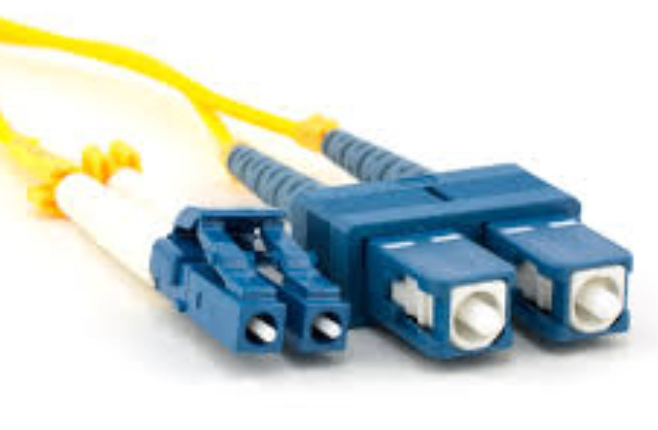Oufu Optical Fiber Cable Co.,Ltd
Address: Shenyang, Liaoning, China
Contact person: Manager Zhang
Phone: 400-964-1314
Mobile phone: +86 13904053308
【whatsapp && wechat】
2024-08-12 1354
Title: Achieving Efficient LC-to-SC Fiber Optic Conversion: Expert Tips and Strategies
In the realm of fiber optic networking, seamless connectivity between different types of connectors is crucial for maintaining high-speed data transmission and minimizing signal loss. The transition from LC (Lucent Connector) to SC (Subscriber Connector) fibers, although common, requires careful planning and execution to ensure optimal performance. This article delves into the professional techniques and strategies for achieving an efficient LC-to-SC fiber optic conversion, optimizing your network infrastructure for speed and reliability.

Before diving into the conversion process, it's essential to grasp the fundamental differences between LC and SC connectors. LC connectors are smaller in size, designed for high-density applications where space is a constraint, while SC connectors offer a more robust design suitable for harsh environments and easier handling. Each connector type supports both single-mode and multimode fibers, but the conversion process must account for their unique physical characteristics.
The first step towards a successful LC-to-SC conversion is to thoroughly assess your network's requirements. Consider factors such as:
www.adsscable.cn
Data Transmission Rates: High-speed applications may necessitate a more meticulous approach to minimize signal attenuation.
Environmental Conditions: Harsh environments require durable connectors like SC, while compact spaces favor LC.
www.adsscable.cn
Future Scalability: Plan for future upgrades or expansions to avoid frequent reconfigurations.
Based on your assessment, decide on the most suitable conversion method:
Direct Conversion Adapters: These passive devices allow direct coupling between LC and SC connectors, simplifying the conversion process without the need for splicing or terminating new fibers. Ensure adapters meet industry standards for insertion loss and return loss.
Splicing and Termination: For longer distances or when direct adapters are not feasible, splicing LC fibers to SC-terminated cables might be necessary. This involves precise fiber fusion or mechanical splicing, followed by termination with SC connectors. Expertise in fiber optic splicing is crucial for minimal loss and maximum reliability.
Cleanliness: Ensure the work area is dust-free to prevent contamination that can degrade signal quality.
Essential Tools: Gather necessary tools like fiber optic strippers, cleaners, cleavers, fusion splicers (if splicing), and precision screwdrivers.www.adsscable.cn
Safety Equipment: Wear protective eyewear and gloves to safeguard against fiber shards and chemicals used in cleaning.
Carefully Strip and Clean Fibers: Use appropriate strippers to remove jacketing without damaging the fiber core. Thoroughly clean the fibers with alcohol and lint-free wipes to remove any residue.
Connect or Splice: If using adapters, simply insert the fibers into the respective ports, ensuring a snug fit. For splicing, align and fuse the fibers precisely, following manufacturer instructions.
Test and Verify: Use an optical power meter or OTDR (Optical Time Domain Reflectometer) to test the conversion for insertion loss, return loss, and continuity. Adjust splices or clean connections as needed until optimal performance is achieved.
Document the Process: Keep detailed records of the conversion process, including any adjustments made or issues encountered.
Regular Maintenance: Schedule periodic inspections and cleaning of the converted connections to maintain peak performance.
Achieving efficient LC-to-SC fiber optic conversion requires a combination of careful planning, precision execution, and ongoing maintenance. By following the strategies outlined in this article, you can minimize signal loss, optimize network performance, and future-proof your fiber optic infrastructure. Remember, when in doubt, consult with experienced fiber optic technicians or manufacturers for guidance specific to your network's needs.